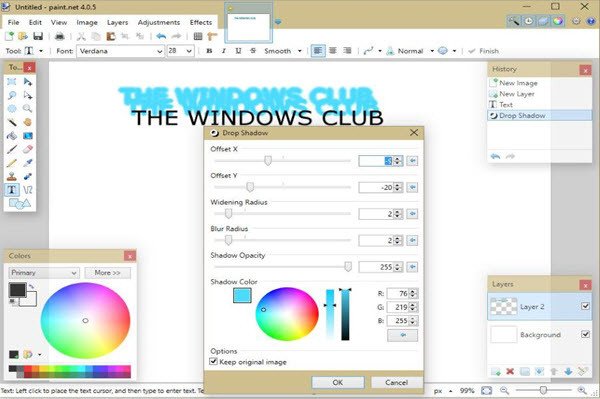
:max_bytes(150000):strip_icc()/010_add-text-watermark-in-paint-net-1702107-05ea0e8ad26a4f6787f2d9af44fe794d.jpg)
If you do not get a dialogue box, something is wrong with the script and you’ll need to troubleshoot.If you do not get the quantity you were expecting, confirm the location of the ALT text in the metadata.

If successful, you will get a dialogue box with total number of images processed displayed.Confirm the ALT Text Source is “XMP: Description” (or wherever else the ALT text is saved).Confirm you are using the photos with the metadata (can double check by opening in Adobe Bridge – text will likely be in the Description field).Choose the one that works best for you: Applying ALT text with a script If your client has an Adobe Creative Suite license, they can do these steps faster in Adobe Bridge, where they would put the ALT text in the Description OR Headline field of the image metadata.īelow are instructions on 3 different methods to apply image metadata to your images as ALT Text within InDesign: using a script, doing in manually, or using Object Styles.

Note: Instructions above written for Windows 7 users. Inform your designer that you have put the ALT text in the Title/Description field of the photo’s metadata.

This post covers two methods for collaborating with your client/communications on applying image metadata: This aids in efficiency and reduces chance of error when applying ALT text to images. These instructions are written for InDesign users and people working with graphic designers, but could be applied to other applications and fields as well.Īlthough images cannot carry actual alternative (ALT) text around with them, you can add the ALT text to the metadata of an image to use as you please.


 0 kommentar(er)
0 kommentar(er)
